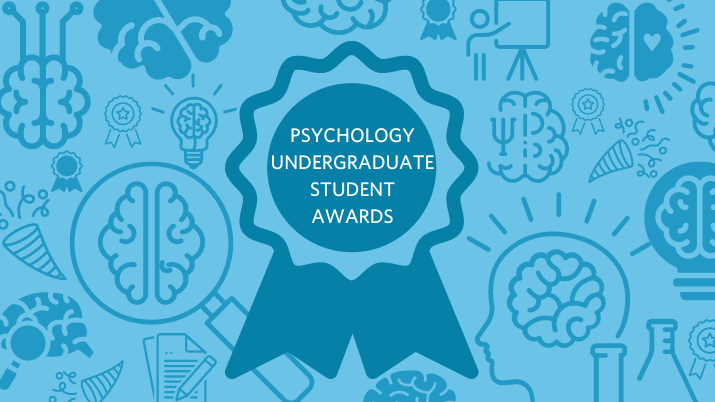

Dr. Catharine Rankin delivers her talk C. elegans Automated Behavior Assays at NeuroFutures 2017 at the University of British Columbia. Photo: Dr. Jason Snyder
Dr. Catharine Rankin, professor in the department of psychology at UBC, was featured by the Djavad Mowafaghian Centre for Brain Health for her research on Caenorhabditis elegans (C. elegans) worms and her collaboration with other worm researchers around the world.
Dr. Rankin was the first researcher to demonstrate worms’ ability to learn and habituate to repeated stimulation in the early 1990s, and her research continues to explore the brain’s ability—or lack thereof—to habituate to and process stimuli.
“It’s the founding researcher who sets the culture, and for the community of researchers using C. elegans as a model, it really began with that first generation of scientists and the influence of Sydney Brenner,” says Dr. Catharine Rankin.
Dr. Sydney Brenner was a South African researcher working at the Medical Research Council in England who, after working with Francis Crick to crack the genetic code, introduced C. elegans as a powerful new model to further our understanding of how genes interact to control the development and function of the nervous system. His work establishing the field of worm biology set the foundation for a global effort to decode the worm genome; in 1998, C. elegans was the first organism to have its genome fully sequenced. Dr. Brenner’s work in introducing C. elegans as a research model resulted in significant progress in our understanding of neurogenetics. Dr. Brenner and colleagues were awarded a Nobel Prize in Medicine in 2002 for their discovery of highly conserved “cell death” genes—genes that, when activated, cause cells to die.
The importance of collaboration in science cannot be overstated—it is fundamental to discovery, so much so that “togetherness” forms the basis of the Djavad Mowafaghian Centre for Brain Health’s mission statement—but for Dr. Rankin, who has been working with C. elegans for nearly 30 years, the spirit of working together for the collective good is more than a nice idea: it’s the cornerstone of the community’s progress in understanding diseases from polycystic kidney disease to Alzheimer’s disease to cancer.
“The sense of unity in the worm community is unique, but it really speaks to this particular model group’s motivation,” she explains. “It’s about vision: are we doing research for personal glory, hoarding success, or are we doing research as part of a collective effort for the sake of discovery?”
For Dr. Rankin, this spirit of discovery is essential to her success.
Dr. Rankin has long been a leader in understanding the genetic foundations of learning. She was the first researcher to demonstrate worms’ ability to learn and habituate to repeated stimulation in the early 1990s, and her research continues to explore the brain’s ability—or lack thereof—to habituate to and process stimuli. She is currently part of a consortium of researchers at the University of British Columbia working to apply model organisms to make sense of clinical findings to understand the gene variants that trigger symptoms of autism spectrum disorders. C. elegans, with its 302 neurons (humans have more than one trillion neurons) and ease of genetic engineering, provides a way to untangle some of those genetic knots.
Around the world, researchers who use C. elegans as a model organism pool their knowledge in shared databases. When an experiment is successful, when it fails, when the results may not be what one group was after but might benefit another – everything is added to the database. Researchers in the worm community have been building a knowledge base for decades, building off one another’s work and making important discoveries along the way.
“One of the things I love most about this community is that no discovery is too small,” says Dr. Rankin. “We have a journal-like newsletter called the Worm Breeder’s Gazette, where we publish findings that we think might be useful, but that aren’t quite journal-ready. Wormbase has also just started producing peer-reviewed ‘micropublications’ that are rapidly reported brief but important results. What we end up with can inform research around the world years before those same findings can manifest as a more comprehensive paper.”
“Even before the internet, as far back as the 1980s, there was intense collaboration within this group,” says Dr. Rankin. “We used to have binders filled with this shared information; the database is an evolution of that, but the cooperation has always been there. I consult WormBase – our original collective genetic reference archive – dozens of times per day.”
Additional C. elegans online databases such a Wormbook.org (reviews of all things Worm) and WormAtlas.org (all nervous system data) have increased the resources researchers have at their fingertips.
The worm community is historically unique in its openness, but in recent years other research communities have been adopting their approach and there is currently a push to unite the databases from six different model organisms to enhance knowledge sharing (Alliance of Genome Resources).
“For our global community of C. elegans researchers, the most admired people have always been the ones who came up with tools other people could use,” says Dr. Rankin. “Openness and collaboration have been hugely successful to researchers in this field, and I think other groups are starting to see how beneficial it’s been for the science.”
“Can you imagine if all science was done this way? Imagine never having to start from scratch,” says Dr. Rankin. “The future is in researchers coming together and pooling their knowledge. So much of what I am able to do would take at least ten times longer without the resources we’ve built.”
This article was originally published by the Djavad Mowafaghian Centre for Brain Health. Read the original article.


